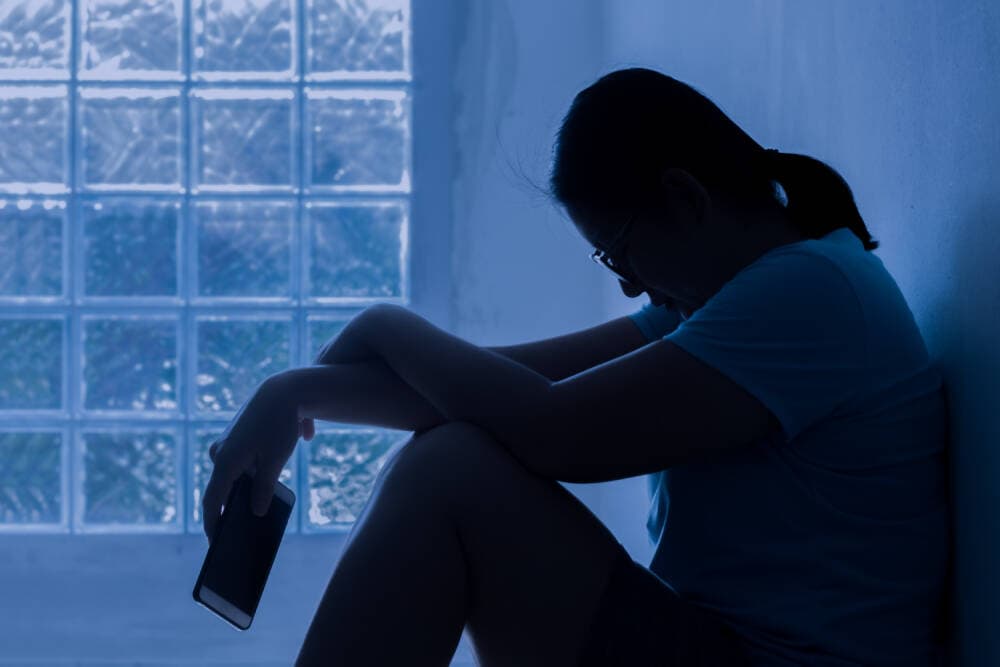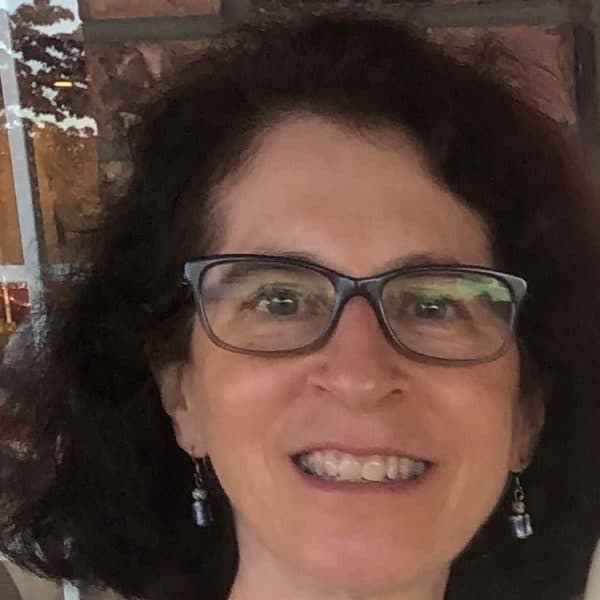Advertisement
Creating a suicide prevention plan to distract, cope and reach out for support can save lives
Resume
Editor's note: If you or someone you know may be considering suicide or is in crisis, call or text 988 to reach the Suicide & Crisis Lifeline.
A suicide prevention plan can save someone’s life. The simple, yet staggeringly effective intervention method was devised by Columbia University professor and director of suicide prevention training at New York State Psychiatric Institute Barbara Stanley.
Stanley worked with patients who had thoughts of suicide or self-harm to create detailed “crisis plans” that included ways to cope, distract themselves and reach out for support. The Stanley-Brown Safety Plan was originally intended to be a short-term solution while patients waited for long-term therapy, but proved so effective it became an important intervention on its own.
Though Stanley died earlier this year at the age of 73, numerous other mental health care professionals have adopted her methods. One of them is Dr. Paul Nestadt, a professor of psychiatry at Johns Hopkins School of Medicine.
Nestadt says he’s seen major success in using this method with patients, something Stanley spoke about as well.
“These are really straightforward, concrete interventions that can save a life,” Nestadt says. “That's why the plan was so powerful.”
Most safety plans are physical documentation of steps to take if suicidal thoughts start to occur or get worse. It’s highly personalized, including things that will work for the individual person crafting the plan. Some examples include taking a walk or listening to favorite music.
“It depends on that particular person, what works for them, and moving on to things that you do if that's not working,” Nestadt says. “That [can] range from things like calling a trusted friend or therapist or even calling the hotline.”
The final step of the plan is making sure the individual using it is in a safe environment, which means removing access to firearms or other weapons and medications or drugs that could cause harm.
Stanley found that around two-thirds of people she worked with to develop a safety plan used it and it worked. Across all studies that used a suicide safety plan, there was an average 43% reduction in suicidal behavior. And when the Veterans Administration introduced it to a group of veterans experiencing thoughts of suicide, attempted suicides fell by 45%. A lot of individuals who use safety plans keep a physical copy with them, either on paper or on their phones.
“It's reassuring. You can hold it in your hand,” Nestadt says. “It’s not as slippery as a thought. It's something you actually have.”
If you know someone struggling with thoughts of suicide, Nestadt says don’t be afraid to talk to them about it. He says it’s important to let them know you’re available to talk, recommend they seek help or even help them find it, and ensure they don’t have access to means of suicide such as firearms.
Though Nestadt stresses the importance of working with a trained mental health practitioner to develop a safety plan, online forms like the one on Stanley’s website can help guide individuals to begin the process. He recommends encouraging someone in crisis to start one could be helpful.
“It's better to do it with a therapist that can help make sure that the plans are actionable, implementable,” he says. “But having any kind of safety plan is better than nothing.”
If you’re part of someone’s safety plan and receive a phone call from a loved one in distress, Nestadt says the first step is to find out what they want to gain from the call. Sometimes, people just want to know someone cares for them. Other times, they’re looking to talk about what they’re going through and even do some problem-solving. But the most important thing is letting them know someone is listening and there are people out there who want to help.
“When people think about suicide, very often they're thinking about suicide because they can't think of any other alternative. They're in terrible pain and they don't know what to do,” Nestadt says. “By giving someone something else they can do, you've essentially given them a way to live.”
Karyn Miller-Medzon produced and edited this interview for broadcast with Todd Mundt. Grace Griffin adapted it for the web.
This segment aired on April 5, 2023.


